These are the words to the South Korean National Anthem called Patriotic Song. It was adopted as the National Anthem on 15 August 1948. This is a translation of the words. If anthem fails to play click here Until that day when the waters of the Eastern Sea run dry and Mt. Baekdu is worn away,
God protect and preserve our nation. CHORUS:
Three thousand Li of splendid rivers and mountains, filled with Roses of Sharon;
Great Korean people, stay true to the Great Korean way!
As the pine atop Mt. Namsan stands firm, as if wrapped in armour,
Unchanged through wind and frost, so shall our resilient spirit.
The bright moon is our heart, undivided and true. Chorus With this spirit and this mind, give all loyalty,
In suffering or in joy, to the love of country. Chorus








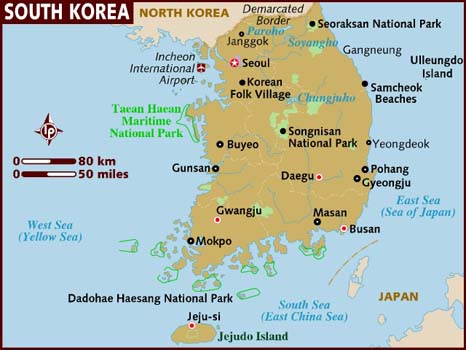

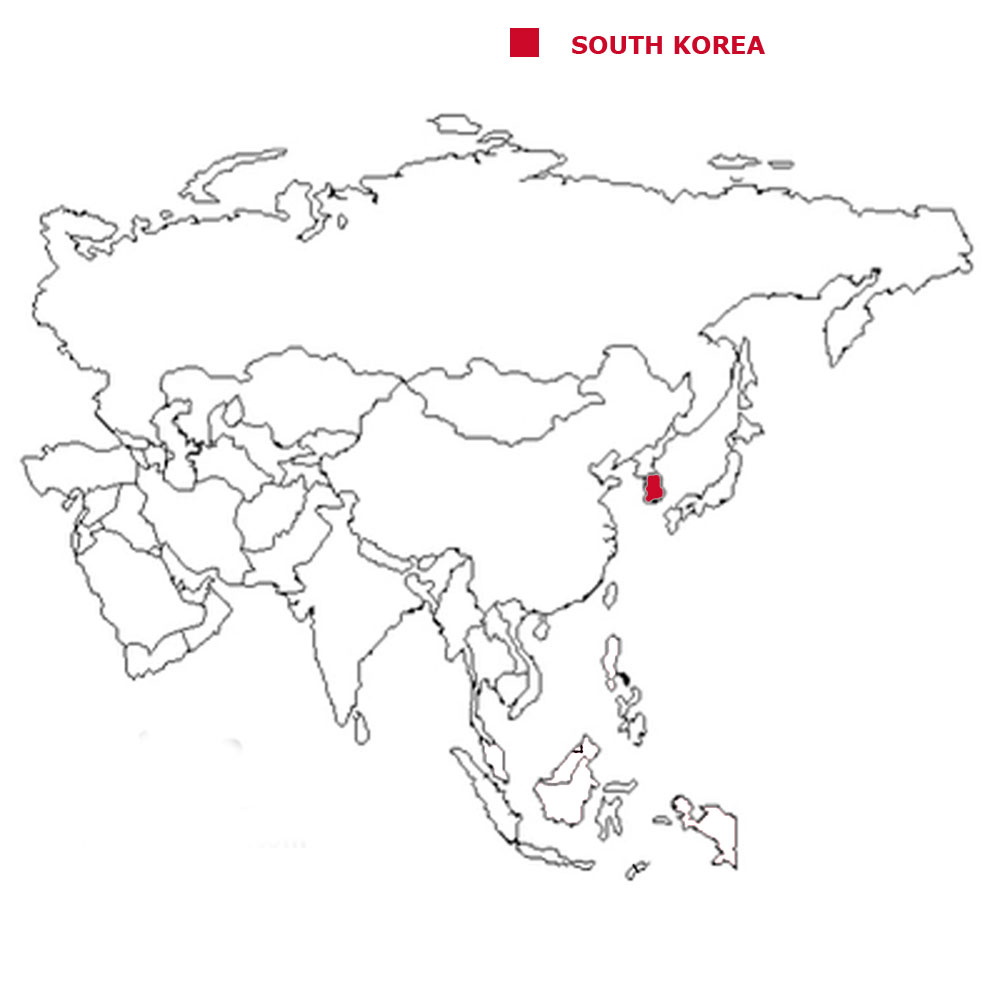

 The South Korean flag is white with a yin-yang symbol in the centre.
The top of this symbol is red, the bottom blue. There is a different black trigram in each corner of the flag.
The South Korean flag is white with a yin-yang symbol in the centre.
The top of this symbol is red, the bottom blue. There is a different black trigram in each corner of the flag.

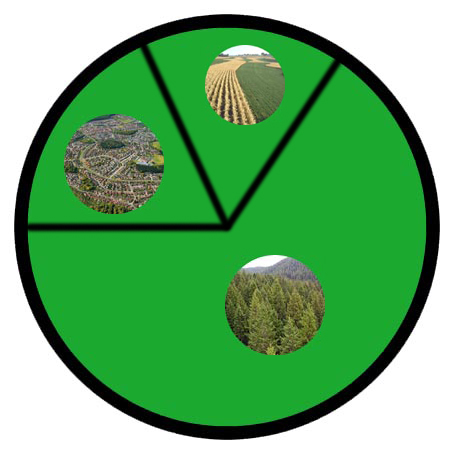

 Each little Owlbut is 1 person and
the big yellow rectangle is 1 sq km. After a while you can compare countries and see which ones are the most crowded. Remember it is only an average as
more people live closer together in towns and cities than in villages out in the country.
Each little Owlbut is 1 person and
the big yellow rectangle is 1 sq km. After a while you can compare countries and see which ones are the most crowded. Remember it is only an average as
more people live closer together in towns and cities than in villages out in the country.
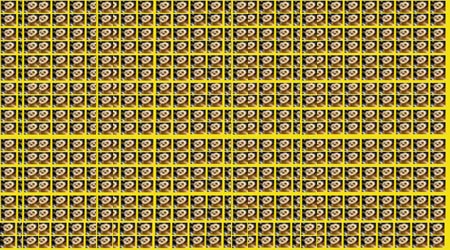

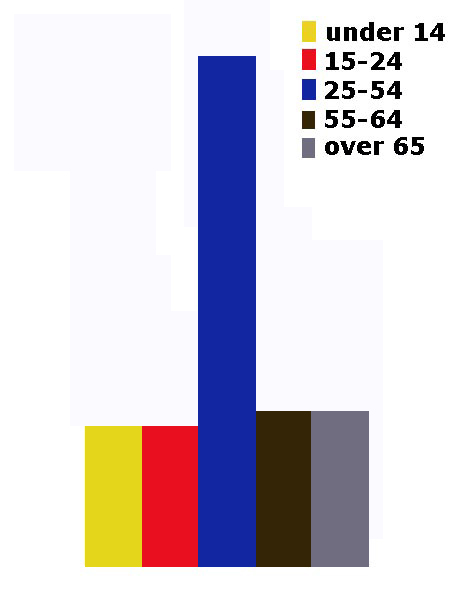
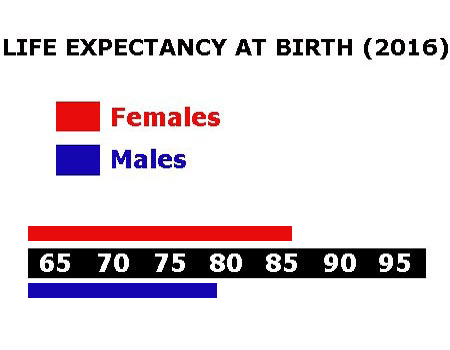

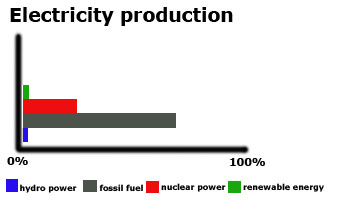

 They work in the following sectors.
They work in the following sectors.



